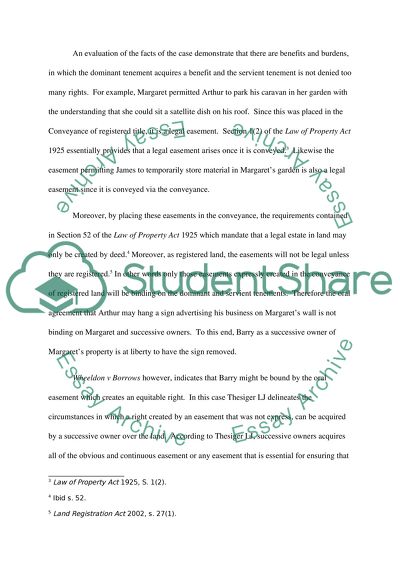Cite this document
(“Land Law Coursework Example | Topics and Well Written Essays - 3250 words”, n.d.)
Retrieved from https://studentshare.org/finance-accounting/1412122-land-law
Retrieved from https://studentshare.org/finance-accounting/1412122-land-law
(Land Law Coursework Example | Topics and Well Written Essays - 3250 Words)
https://studentshare.org/finance-accounting/1412122-land-law.
https://studentshare.org/finance-accounting/1412122-land-law.
“Land Law Coursework Example | Topics and Well Written Essays - 3250 Words”, n.d. https://studentshare.org/finance-accounting/1412122-land-law.


